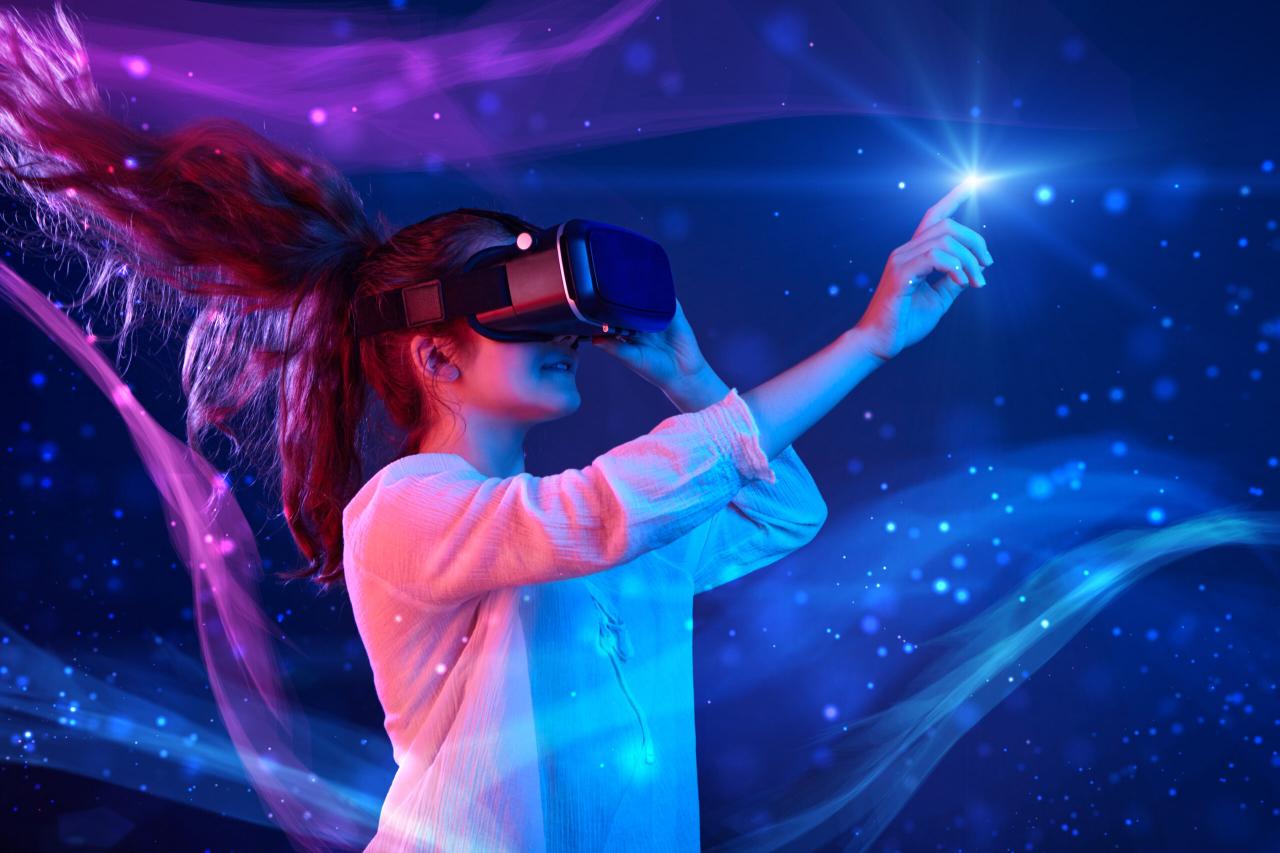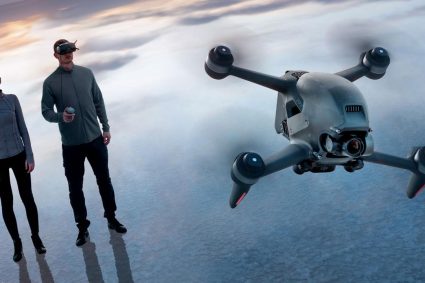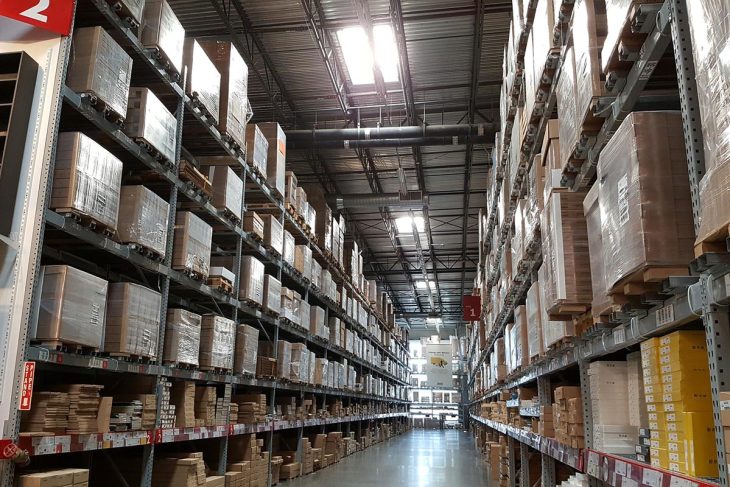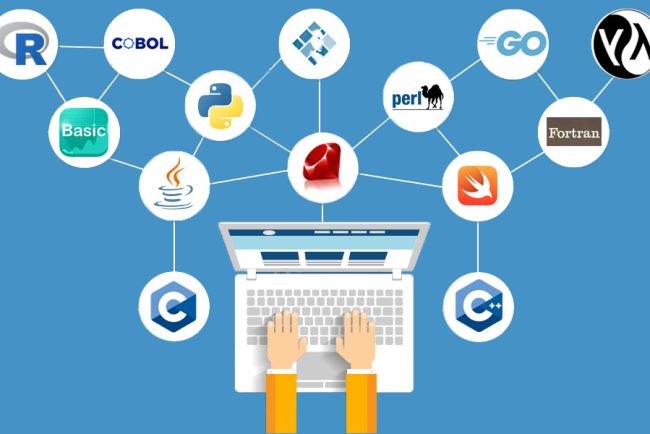

The concept of the metaverse has captured the imagination of people worldwide, promising immersive virtual experiences that transcend traditional boundaries. Within the metaverse, extended reality (XR) technologies play a pivotal role in delivering a wide range of experiences, from virtual reality (VR) and augmented reality (AR) to mixed reality (MR). Each point on the XR spectrum offers unique opportunities for users to engage with virtual worlds and interact with digital content. In this article, we will delve into the diverse metaverse experiences made possible by the extended reality spectrum.
Virtual Reality (VR): At one end of the XR spectrum lies virtual reality, which completely immerses users in a computer-generated environment. VR headsets and controllers transport users to entirely virtual worlds, disconnecting them from the physical surroundings. Within the metaverse, VR experiences enable users to explore imaginary landscapes, interact with lifelike avatars, and engage in virtual social interactions. From gaming and entertainment to training simulations and virtual travel, VR offers a fully immersive and visually stimulating experience that transcends the limitations of the physical world.
Augmented Reality (AR): Moving along the XR spectrum, we encounter augmented reality, where virtual elements are superimposed onto the real world. AR experiences blend digital content with the user’s physical environment, enhancing their perception and interaction with the real world. Through smartphones, tablets, or AR glasses, users can see and interact with virtual objects and information overlaid onto their immediate surroundings. In the metaverse, AR enables users to engage with virtual characters, access contextual information, and enjoy interactive storytelling experiences that merge the real and virtual realms.
Mixed Reality (MR): The intersection of the real and virtual worlds is where mixed reality resides. MR experiences seamlessly integrate virtual objects into the user’s physical environment while maintaining spatial awareness and interaction with the real world. Through headsets like Microsoft HoloLens or Magic Leap, users can interact with virtual objects as if they were physically present in their surroundings. In the metaverse, MR offers a range of possibilities, such as architectural visualizations, interactive educational experiences, and immersive workplace collaborations that combine the best of virtual and real-world elements.
The Diversity of Metaverse Experiences: The extended reality spectrum opens up a diverse array of metaverse experiences that cater to different preferences and use cases. Gaming enthusiasts can dive into fully immersive VR worlds, battling foes and solving puzzles in stunning virtual landscapes. Those seeking to enhance their daily lives can leverage AR applications, such as virtual shopping assistants, real-time language translation, or navigation aids that overlay directions onto the physical environment. MR experiences, on the other hand, offer opportunities for professionals to visualize complex data, manipulate virtual objects, and collaborate remotely, creating new avenues for productivity and innovation.


















